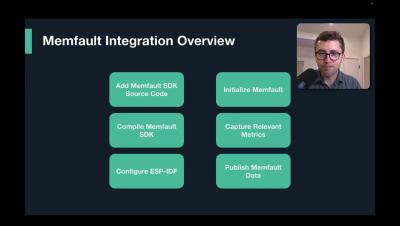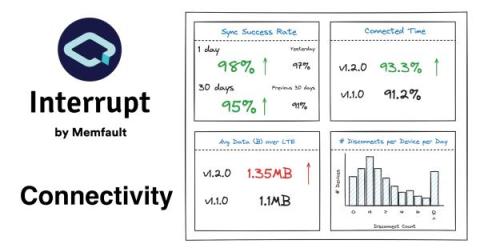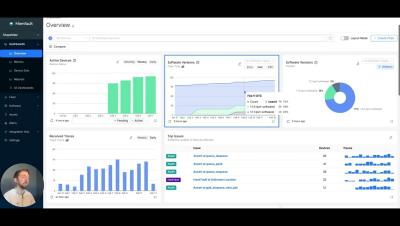Device Vitals | Launch Week Feature Highlight
This launch week special includes an overview of our newly release Device Vitals feature set. Device Vitals gives teams the ability to measure firmware stability, battery life, and connectivity performance for any embedded device, right out of the box.








